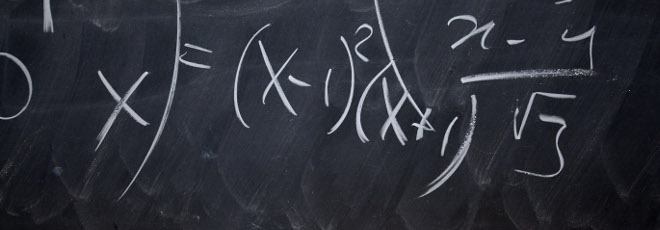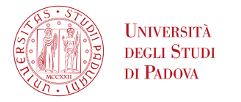
“The Widom-Rowlinson model: metastability, mesoscopic and microscopic fluctuations for the critical droplet ”
Venerdì 3 Luglio 2020, ore 11:00 - Zoom - Elena Pulvirenti (University of Bonn)
Abstract
We introduce the equilibrium Widom-Rowlinson model on a two-dimensional finite torus in which the energy of a particle configuration is attractive and determined by the union of small discs centered at the positions of the particles. We then discuss the metastable behaviour of a dynamic version of the WR model. This means that the particle configuration is viewed as a continuous time Markov process where particles are randomly created and annihilated as if the outside of the torus were an infinite reservoir with a given chemical potential. In particular, we start with the empty torus and are interested in the first time when the torus is fully covered by discs in the regime at low temperature and when the chemical potential is supercritical. In order to achieve the transition from empty to full, the system needs to create a sufficiently large droplet, called critical droplet, which triggers the crossover. We compute the distribution of the crossover time and identify the size and the shape of the critical droplet.
The analysis relies on a mesoscopic and microscopic description of the surface of the critical droplet. It turns out that the critical droplet is close to a disc of a certain deterministic radius, with a boundary that is random and consists of a large number of small discs that stick out by a small distance. We will show how the analysis of surface fluctuations in the WR model allows us to derive the leading order term of the condensation time and also the correction order term.
This is a joint work with Frank den Hollander (Leiden), Sabine Jansen (Munich) and Roman Kotecky (Prague & Warwick).




